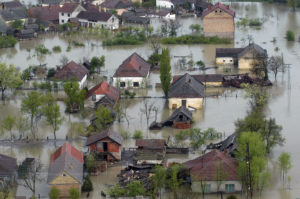
DSCIM-Coastal v1.1: An open-source modeling platform for global impacts of sea level rise
Published July 31, 2023
Read
Sophisticated new models can be used estimate potential losses from coastal storms under a range of climate change scenarios

Published July 31, 2023
Read

Published February 12, 2021
Read

Published May 20, 2019
Read

Published December 13, 2017
Read

Published June 9, 2017
Read

Published September 12, 2014
Read

Published September 12, 2012
Read
Published September 12, 2012
Read